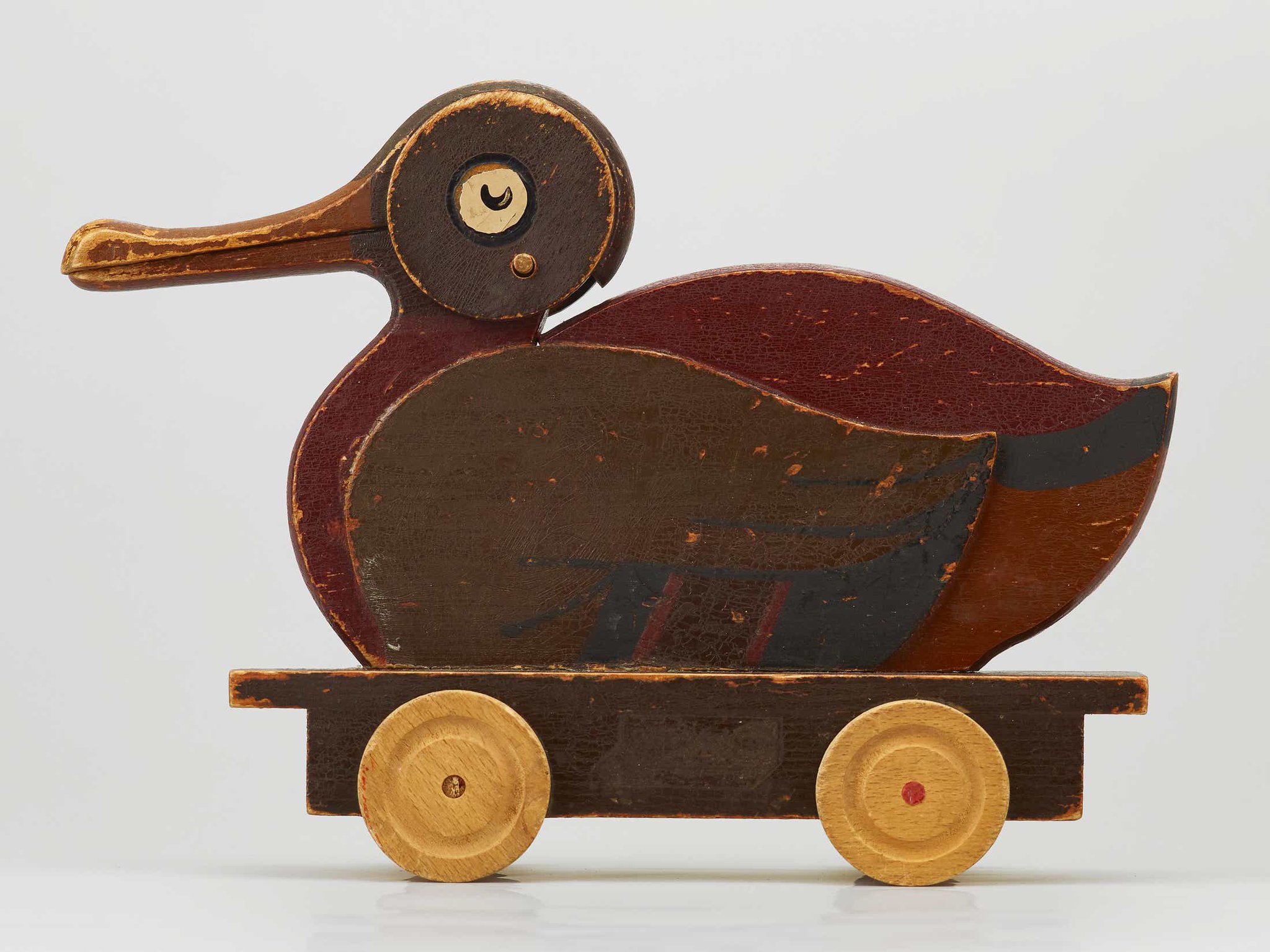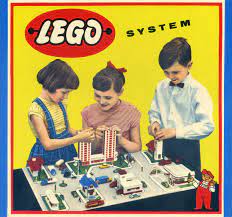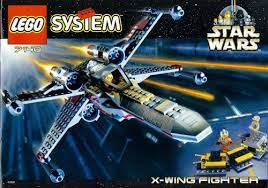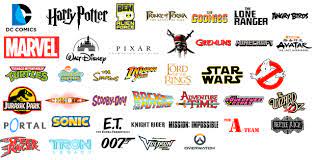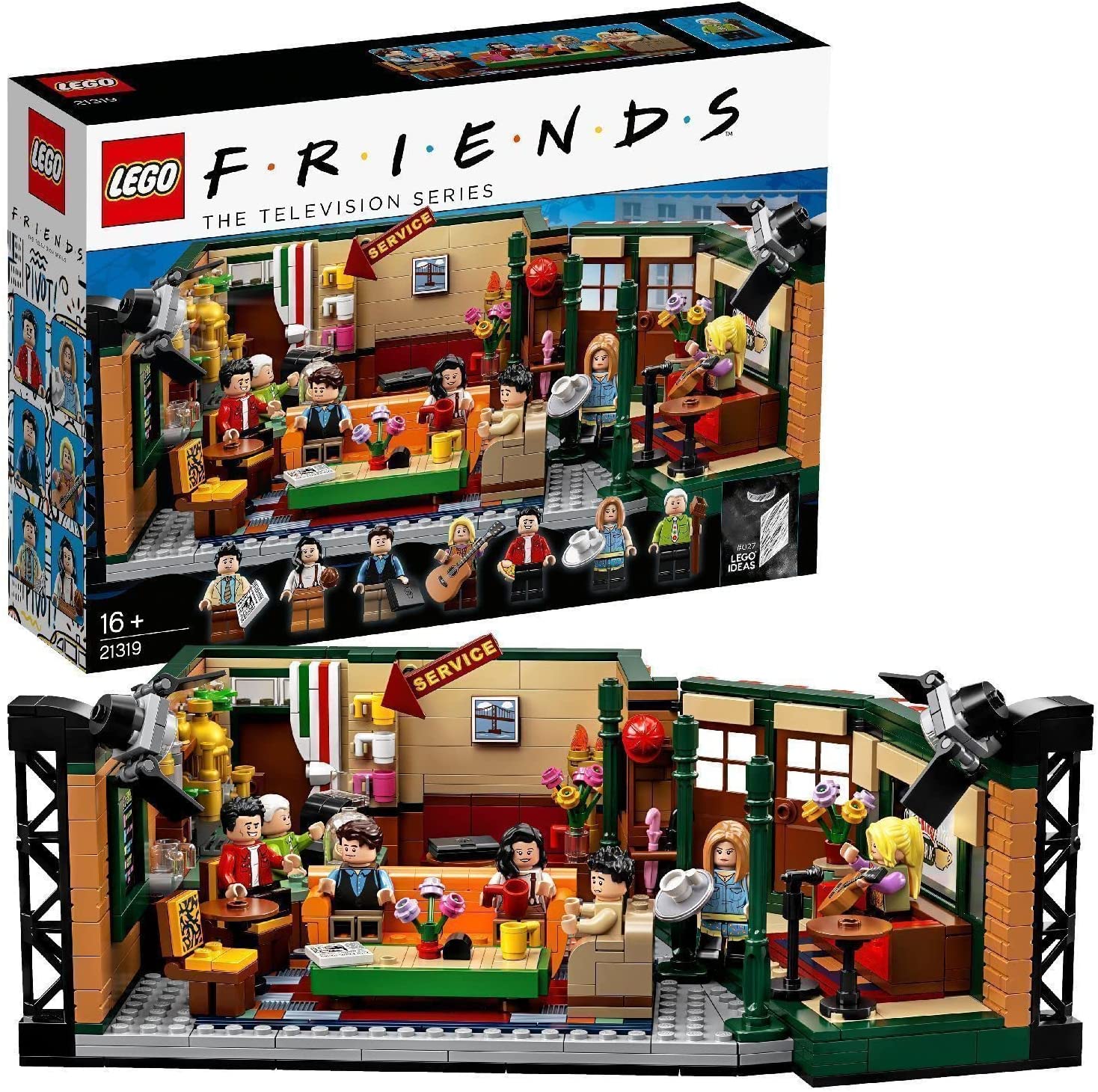Thread by Tobi Emonts-Holley 🧙♂️
- Tweet
- Jan 29, 2022
- #Boardgame
Thread
LEGO.
The most profitable toymaker in the world today.
But did you know that Lego went nearly bankrupt in 2004, posting a net loss of $220m?
Lego’s surprising history is a rollercoaster ride filled with lessons in marketing, innovation and category design.
The breakdown🧵👇
The most profitable toymaker in the world today.
But did you know that Lego went nearly bankrupt in 2004, posting a net loss of $220m?
Lego’s surprising history is a rollercoaster ride filled with lessons in marketing, innovation and category design.
The breakdown🧵👇
1/ Lego’s beginnings.
Ole Christiansen started making toys in his wood workshop in Denmark in 1932.
His toys were beloved for their ingenuity and attention to detail.
But Ole’s high standards meant that production costs were too high.
Ole Christiansen started making toys in his wood workshop in Denmark in 1932.
His toys were beloved for their ingenuity and attention to detail.
But Ole’s high standards meant that production costs were too high.
2/ Marketing problems.
The company could not sell its high-end products.
Why?
Ole was a terrible salesperson.
He did not know how to market his products and often ended up trading toys for food.
The company could not sell its high-end products.
Why?
Ole was a terrible salesperson.
He did not know how to market his products and often ended up trading toys for food.
3/ Disaster strikes again and again.
Coupled with high costs and slow sales, several factory fires nearly led to Lego’s bankruptcy.
Three times!!
The company’s fortunes changed in 1947.
Lego switched from wood to the cheaper plastic + invested in new machinery.
Coupled with high costs and slow sales, several factory fires nearly led to Lego’s bankruptcy.
Three times!!
The company’s fortunes changed in 1947.
Lego switched from wood to the cheaper plastic + invested in new machinery.
4/ Lego bricks.
Children loved building with the little plastic bricks.
But they had a major flaw.
The bricks were smooth.
So every time you touched your construction it would fall apart.
Children loved building with the little plastic bricks.
But they had a major flaw.
The bricks were smooth.
So every time you touched your construction it would fall apart.
5/ Invention of the stackable brick.
Ole’s son, Godtfred, changed Lego forever in 1958.
He had realised that indentations on the brick coupled with hollow tubes would hold the bricks together.
The stackable brick as we know it was born.
Ole’s son, Godtfred, changed Lego forever in 1958.
He had realised that indentations on the brick coupled with hollow tubes would hold the bricks together.
The stackable brick as we know it was born.
6/ Collaborations.
Following a slowing down in sales in the 1990s, Lego was seeking new opportunities for growth.
Lego pursued two avenues.
First, a collaboration with Star Wars.
Second, a venture into video games.
Following a slowing down in sales in the 1990s, Lego was seeking new opportunities for growth.
Lego pursued two avenues.
First, a collaboration with Star Wars.
Second, a venture into video games.
7/ Inventing new categories
Lego doubled down.
They produced Star Wars Lego sets as well as invented the new category of Lego computer games.
Both seemed incredibly risky at the time.
Now Lego’s franchise sets are the biggest money makers for the company.
Lego doubled down.
They produced Star Wars Lego sets as well as invented the new category of Lego computer games.
Both seemed incredibly risky at the time.
Now Lego’s franchise sets are the biggest money makers for the company.
8/ Lego Ideas.
Lego has influenced multiple generations by now.
And nothing shows that more than the Lego Ideas venture.
It is all about involving the customers.
Lego provides the framework, the customers do the work, and the masses end up with a highly desirable product.
Lego has influenced multiple generations by now.
And nothing shows that more than the Lego Ideas venture.
It is all about involving the customers.
Lego provides the framework, the customers do the work, and the masses end up with a highly desirable product.
8/ TL;DR: Lego’s lessons for creators:
• Don’t stop refining your ideas.
• Hustle for distribution.
• Shit happens. But if you believe in what you are doing, double down.
• Collaborate with people outside your niche and create new categories.
• Involve your audience.
• Don’t stop refining your ideas.
• Hustle for distribution.
• Shit happens. But if you believe in what you are doing, double down.
• Collaborate with people outside your niche and create new categories.
• Involve your audience.
If you enjoyed this and you're into growing as a creator online:
1. Follow me @tobieh87 for more threads and essays like this.
2. Join my weekly newsletter in which I share insights about writing consistently as a father of five and full-time CEO (link in bio).
1. Follow me @tobieh87 for more threads and essays like this.
2. Join my weekly newsletter in which I share insights about writing consistently as a father of five and full-time CEO (link in bio).

